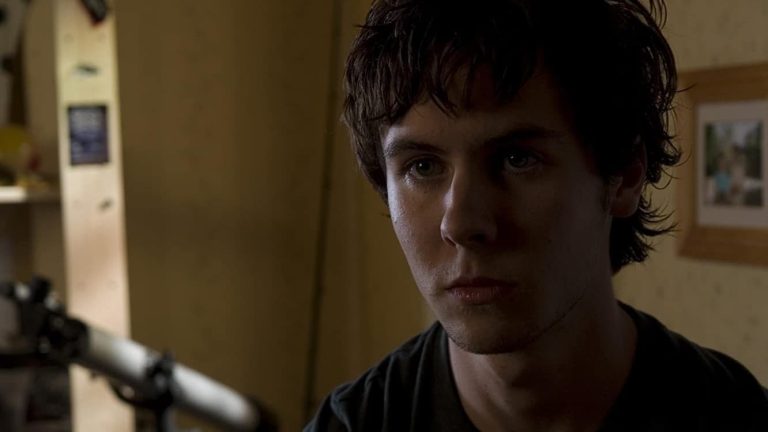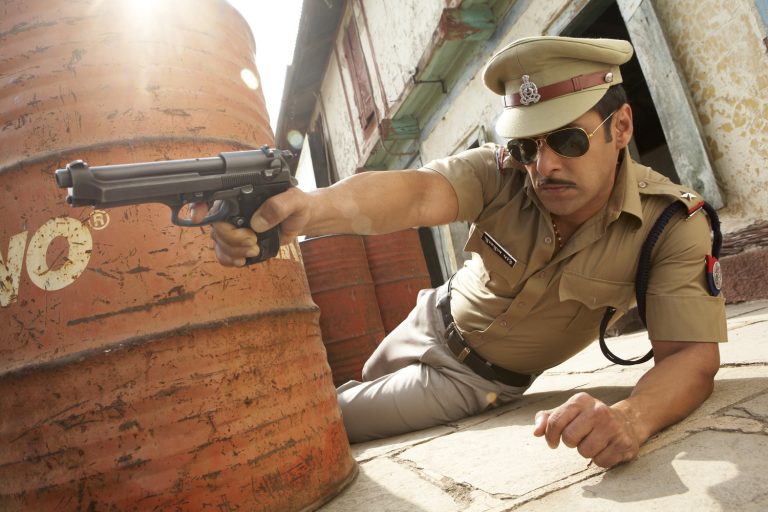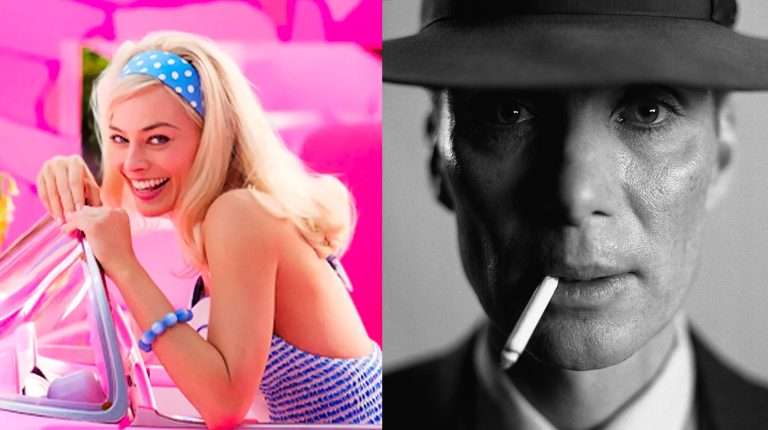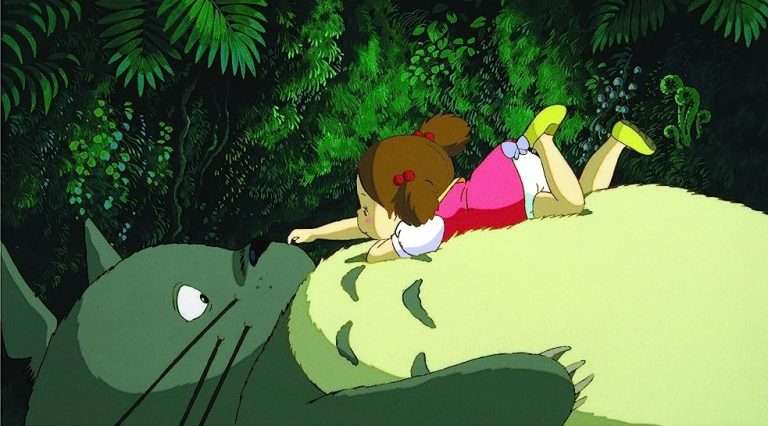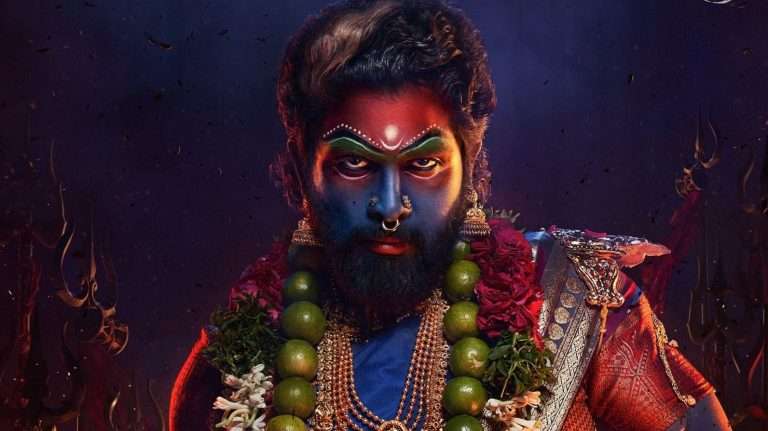Mission: Impossible Dead Reckoning, the seventh installment in the franchise, will be hitting the big screens in a few days and is already predicted to be the highest-grossing volume in the saga. The first reviews following the premiere in Rome have been overwhelmingly positive, and the film is likely to keep cementing Mission: Impossible’s status as a franchise of “classic” action movies. While all fans have their personal favorite, it is undeniable that since director Christopher McQuarrie took over the saga with Rogue Nation (2015), the films’ popularity has not ceased to grow. The transition from hit TV series to a world-renowned movie franchise was not easy, but twenty-seven years after the release of the first film, it can safely be said that the target has been achieved. While Tom Cruise is omnipresent on and off the screen – to the point where his image is now indissociable from the movies – the impressive success of recent M: I films is very much the result of teamwork.
This article contains spoilers for the first Mission: Impossible film.
Christopher McQuarrie and Tom Cruise have frequently discussed in interviews how they enjoy reinventing the franchise together and get inspired by each other. This symbiosis between the actor and director has allowed them to develop Ethan’s character gradually over several films. They are not the only ones working on the saga since Rogue Nation: editor Eddie Hamilton (Oscars and BAFTA nominee for his work on Top Gun Maverick) has also been following Cruise and McQuarrie. During a panel interview at the London Action Festival, Hamilton reaffirmed his love for the franchise and highlighted the importance of visual storytelling in action movies. His meticulous editing has allowed M: I’s action to blossom, with some elaborate shots similar to Brian De Palma’s elegant style in the first movie. Cruise is thus the tip of an iceberg full of filmmakers who envisage M: I as the future of action cinema and aim at making it as stunning as possible. These high ambitions and the teamwork behind the scenes have created a winning formula – if the first reviews of Dead Reckoning are to be believed.
The dedicated crew built a unique universe over several movies, but on-screen teamwork also helped to make M: I an iconic saga. Ethan Hunt’s character has become one of the most famous super spies, but as his tale became more culturally significant, so did his sidekicks. Since the eponymous TV series, the Mission: Impossible franchise has always featured a team of spies. After the betrayals of the first film, it seemed that Ethan would be mostly out there on his own, only able to count on IT expert Luther Stickell (Ving Rhames).
Yet the team soon returned, first with changing characters, before getting a more consistent core with the addition of goofy tech specialist Benji Dunn (Simon Pegg) in the third installment and the arrival of British spy Ilsa Faust (Rebecca Ferguson) in Rogue Nation. All protagonists have diverse personalities, ensuring that viewers can identify with them. Following the same characters from one film to another also helps audiences get attached to and involved in their story. The Mission: Impossible Dead Reckoning promo plays on this heavily by insisting that Ethan must choose between his mission and comrades. The idea of a recurring team is familiar and was already present in the Bond franchise, but M: I really raises the bar by having side characters play an integral part in the films and get out on the field.
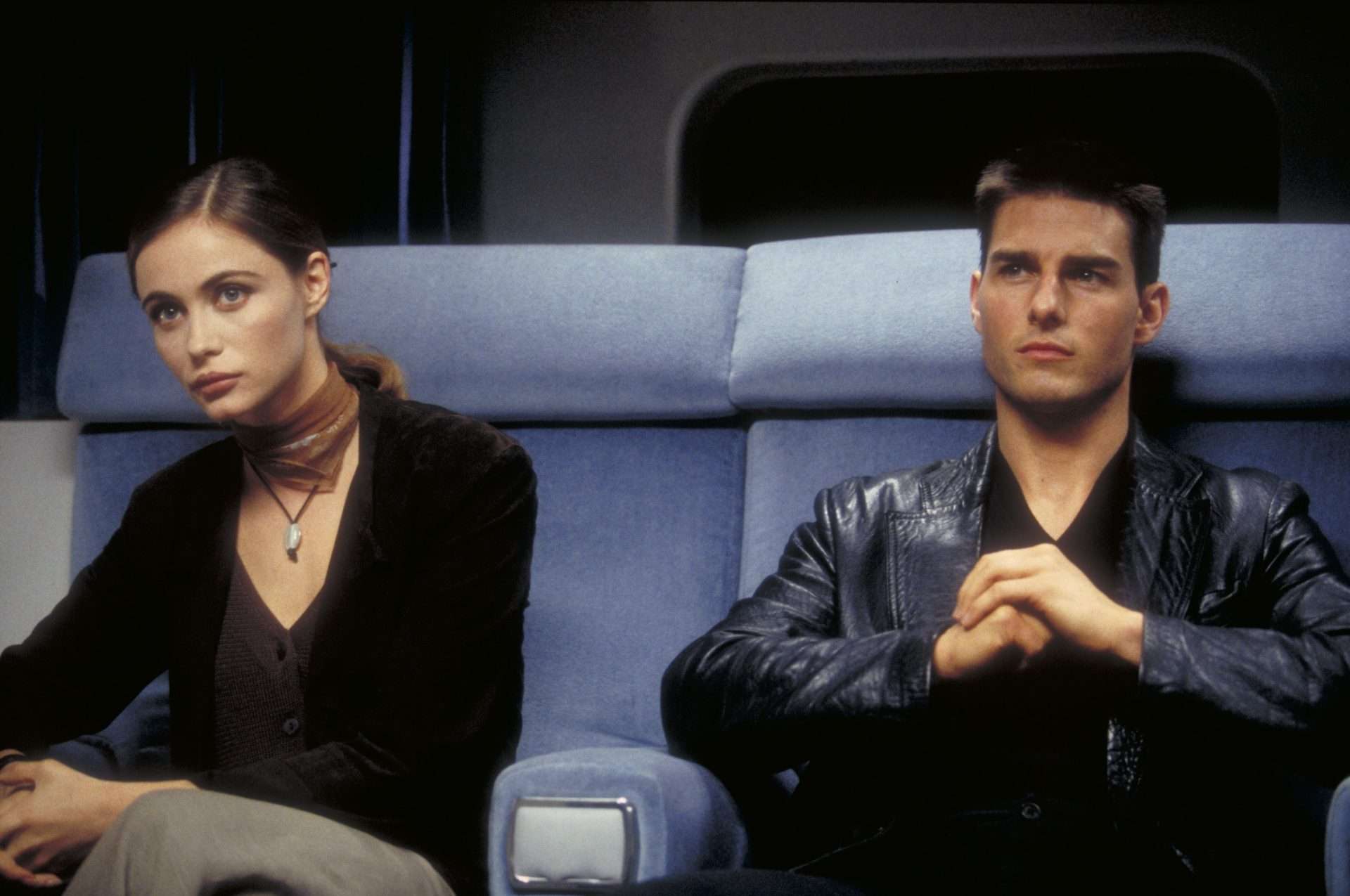
Dead Reckoning will be throwing some new faces into the mix, the most important of whom seems to be the mysterious Grace, played by Hayley Atwell. The actress revealed in an interview that Grace lacks formal training but has learned how to survive in a hostile world – making her one more badass woman in a franchise jam-packed with them. Mission: Impossible has been filled with powerful female protagonists right from the start, and this tendency has not stopped since. The recurring presence of super spy Ilsa Faust from Rogue Nation onwards might be the best example.
Ferguson’s performance as a shady agent in Rogue Nation perfectly matches the film neo-noir’s atmosphere. Faust further cemented her reputation as a dangerous fighter in Fallout (2018) and always seemed to play by her rulebook – making her a fascinating and complex protagonist. She perfectly balances being Ethan Hunt’s “counterpart” and having her own distinct personality and goals. In Fallout, Ilsa was joined by the White Widow, a charming international arms dealer and the daughter of the first film’s villain Max (Vanessa Redgrave). Actress Vanessa Kirby’s mesmerizing presence and ambiguous moral compass quickly made The White Widow a fan favorite, and she is set to return in both parts of Dead Reckoning.
In Eddie Hamilton’s own words, the team behind Mission: Impossible aims at creating “timeless” action masterpieces – which obviously implies moving into the territory of the 007 saga. But while Bond girls have a (sometimes undeserved) reputation for coming and going, Cruise and his acolytes deliberately take the counter-approach by limiting the amount of romance in the films and having female protagonists be a crucial part of the cast. The addition of Hayley Atwell and Pom Klementieff as Paris, the main villain’s henchwoman, will no doubt continue this trend. The Mission: Impossible cinematic franchise has been durably reshaped by its tight-knit crew and ensemble cast, and we can hopefully count on them to deliver one more iconic installment with Dead Reckoning.


